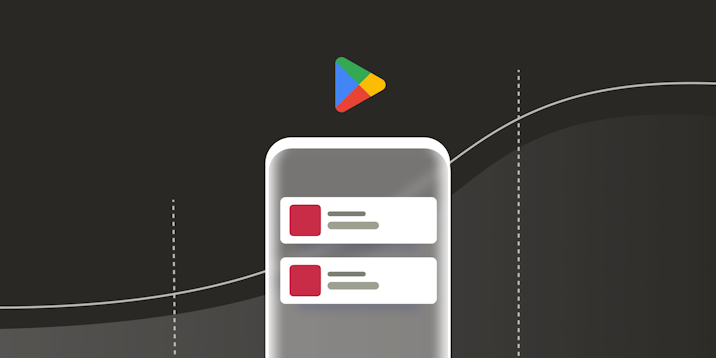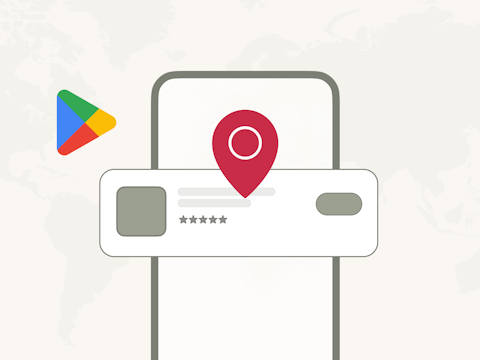
Beginner’s Guide to App Localization on Google Play
In today’s global market, localization is important to reach new users and perform well in new markets. In terms of ASO, localizing your app’s store listing can help improve user journey, conversion, rankings on localized keywords, and overall app exposure and visibility.
Localization is especially important on Google Play, as Android continues to be the world’s leading mobile operating system with a 71.1% global market share (March 2022). Currently, the Google Play Store supports up to 77 locales for localization. It is important to understand in which countries and languages your app will be available to expand your global audience.
Read this blog to discover some common localization terminology and important components for localization on Google Play. We have also provided a complete list of the languages (and corresponding language codes) and regions your app can appear in.
Check out this blog to learn more about the benefits of cross-localization on the App Store
Localization terminology
Before we dive deeper into the details of localization, let us first start with defining some important terms:
- Language: The language spoken in a specific country. Examples: English, French, German, Spanish, etc.
- Territory: Also known as “regions,” and describes the country in which your app is available, such as the United States, France, Germany, Spain, etc.
- Locale: Describes the unique combination of a language (represented by two-character codes in lower case) and a specific territory (represented by two-character codes in upper case). We use the term “locale” rather than “language” to be able to differentiate between dialects in the same language; for example:
1. US English appears as “en-US,” while British English appears as “en-UK.”
2. Spain-Spanish appears as “es-ES,” while Latin American Spanish appears as “es-419.”
Localization on Google Play
Google Play allows you to add translations of your app’s store listing page to provide a localized experience for your users around the world. If a user’s language preference matches the store listing languages you have enabled, the user will see the localized version of the store listing and any localized creative assets you have added.
Here are some more things to keep in mind when localizing your app page for Google Play:
- You can set one primary locale as the default. By doing so, you specify the default locale users will see when browsing the store in a locale your app is not localized for. When you first upload an app, this default locale is automatically set to English (en-US).
- Users can choose to view an auto-translated version of your store listing. If you don’t offer metadata translations, users can use the “translate” button for automated translation. However, Google Translate, while improving, may yield incorrect results and doesn’t support Armenian, Rhaeto-romance, Tagalog, and Zulu.
- Google will also automatically index your app for many keywords in local searches without you having manually translated your metadata. However, to ensure you are ranking for the right relevant high-volume keywords, it is important to manually add them to your metadata by providing your own translations.
Google has provided a great Localization Checklist to help launch your app in other countries and reach new audiences.
Advanced App Store Optimization Book
Whether you’re an ASO newbie or an industry veteran, explore the foundations of ASO as well as the latest tips, techniques, and best practices for app growth success.
Custom store listings (CSLs)
Google Play provides localized experiences to users in different locations by adding translations for your app’s store listing page. To deliver different store listings by country/region instead of by language, we recommend creating custom store listings.
Custom store listings allow developers to create alternative product pages for their app. Developers can customize assets and text according to a user’s Google Play country or app install state with CSLs. It allows tailoring of the app’s listing for specific user segments in selected countries. For global apps, CSLs ensures that the right features, messaging, and creatives are displayed to users in a specific country.
We see an effective custom store listing in the example of the delivery app Rappi in South America. Rappi has a custom store listing in Mexico that is different from their default Spanish store listing:

With a separate custom store listing for Mexico, Rappi ensures that users in Mexico see a different store listing than Spanish speakers in the US. That’s because Rappi wants to promote deliveries they offer for popular restaurants, supermarkets, pharmacies, and other vendors in Mexico. However, not all these vendors may not be available to the US users.
Make sure each audience sees the correct information. Rappi directs all users in Mexico to the custom store listing.
On the other hand, all the US and Latin American Spanish speakers see the default listing. So, Rappi is able to accurately showcase all their offerings to users in Mexico without misleading other Spanish speakers.
Note that your app’s distribution and settings may affect your ability to select certain territories for your CSL. Here are some common examples of why certain segments and/or territories may not be available to your app:
- Used in another custom store listing: The country/region is unavailable for another CSL because a different custom store listing already targets the country.
- Pre-registration: Pre-registration install state targeting allows you to show a different store listing to users in countries/regions where your app is in pre-registration. Users in countries, where the app is in full production, will be unable to see the pre-registration listing.
- Unavailable in Google Play: Country is unavailable because your app is currently not distributed there.
List of Google Play Store territories & locales
Google Play currently supports 77 locales for localization. This comprehensive table provides the list of languages and locales on Google Play, and their corresponding language codes.
| Language | Language Code |
|---|---|
| Afrikaans | af |
| Amharic | am |
| Bulgarian | bg |
| Catalan | ca |
| Chinese (Hong Kong) | zh-HK |
| Chinese (PRC) | zh-CN |
| Chinese (Taiwan) | zh-TW |
| Croatian | hr |
| Czech | cs |
| Danish | da |
| Dutch | nl |
| English (UK) | en-GB |
| English (US) | en-US |
| Estonian | et |
| Filipino | fil |
| Finnish | fi |
| French (Canada) | fr-CA |
| French (France) | fr-FR |
| German | de |
| Greek | el |
| Hebrew | he |
| Hindi | hi |
| Hungarian | hu |
| Icelandic | is |
| Indonesian | id / in |
| Italian | it |
| Japanese | ja |
| Korean | ko |
| Latvian | lv |
| Lithuanian | lt |
| Malay | ms |
| Norwegian | no |
| Polish | pl |
| Portuguese (Brazil) | pt-BR |
| Portuguese (Portugal) | pt-PT |
| Romanian | ro |
| Russian | ru |
| Serbian | sr |
| Slovak | sk |
| Slovenian | sl |
| Spanish (Latin America) | es-419 |
| Spanish (Spain) | es-ES |
| Swahili | sw |
| Swedish | sv |
| Thai | th |
| Turkish | tr |
| Ukrainian | uk |
| Vietnamese | vi |
| Zulu | zu |
Discover more about localizing your app with AppTweak and unlock a world of global opportunities!


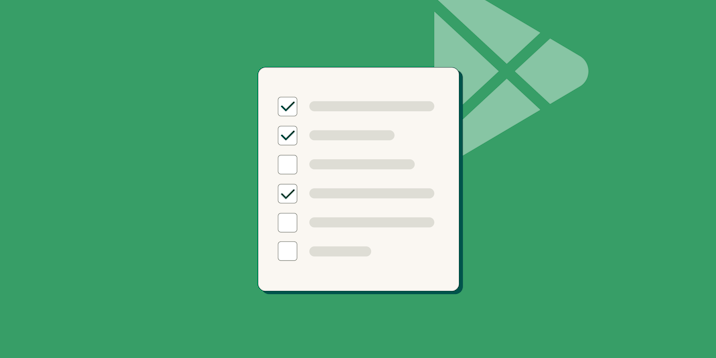
 Sukanya Sur
Sukanya Sur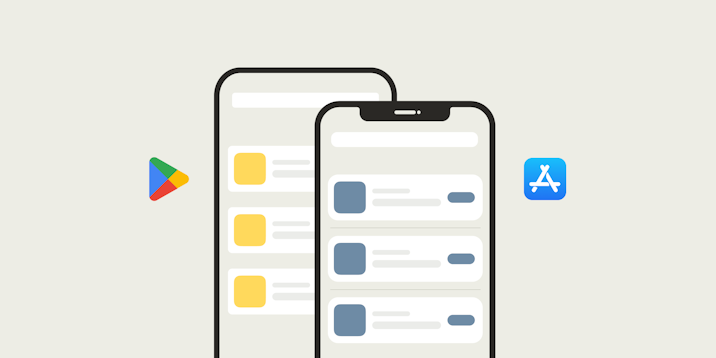
 Taya Franchville
Taya Franchville
 Justin Duckers
Justin Duckers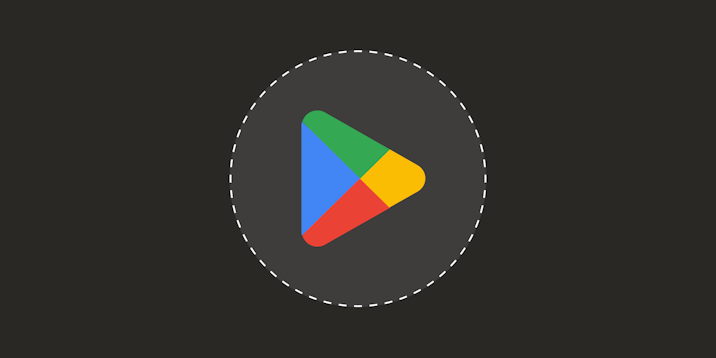
 Simon Thillay
Simon Thillay